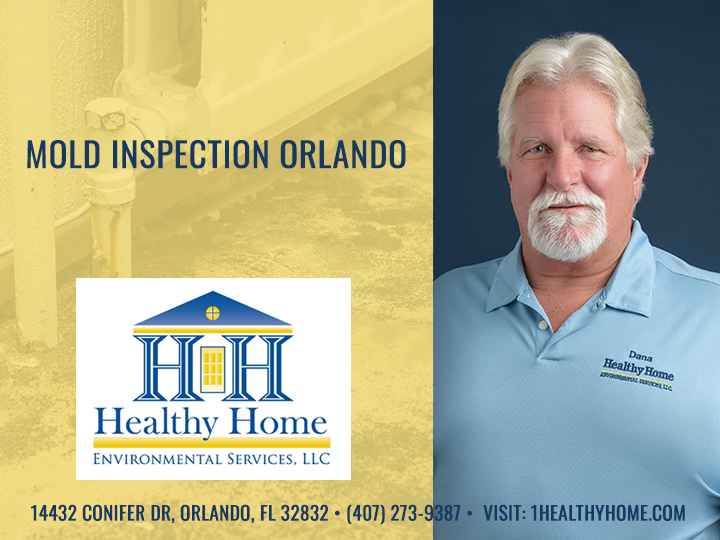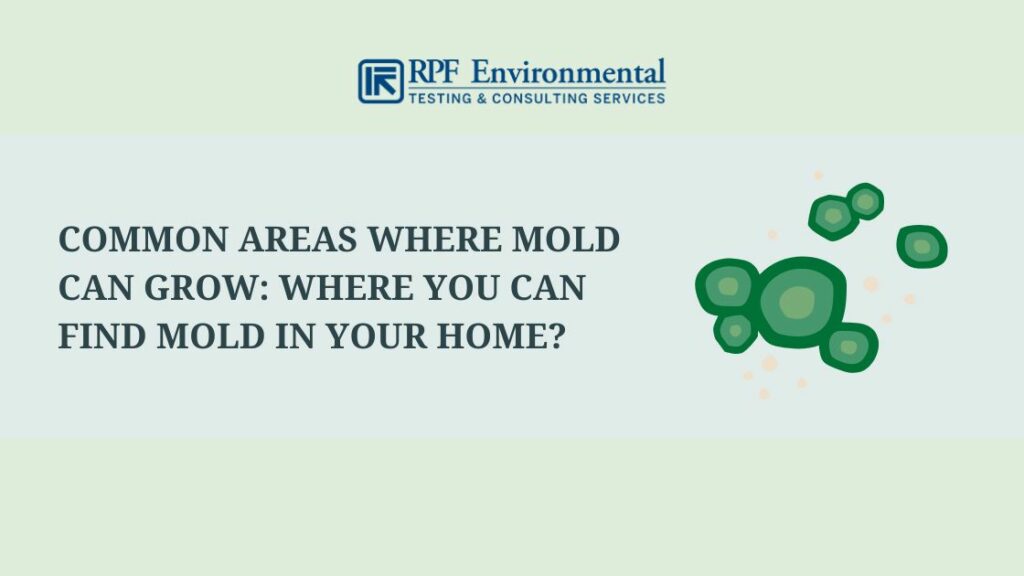Mycotoxin testing Services: Ensuring High Quality and Safety in Your Supply Chain
Wiki Article
Exactly How Mycotoxin Testing Aids Stop Contamination and Guard Food Materials

Mycotoxin testing is an important technique in the food industry, serving as a frontline protection against contamination by hazardous contaminants produced by molds. With the application of advanced techniques like High-Performance Liquid Chromatography (HPLC) and Fluid Chromatography-Mass Spectrometry (LC-MS), food manufacturers can precisely evaluate and spot mycotoxin levels in farming items.
Understanding Mycotoxins
Recognizing mycotoxins begins with acknowledging that they are toxic secondary metabolites produced by certain molds, which can contaminate farming items. These metabolites are not crucial for the development or recreation of the fungi but can have severe effects for animal and human wellness. Mycotoxins are generally located in staple crops such as corn, wheat, barley, and nuts, where they can proliferate under specific conditions of dampness and temperature level.
There are numerous kinds of mycotoxins, each produced by various fungal types. Fusarium species generate trichothecenes and fumonisins, both of which are associated with different acute and persistent health and wellness problems.

Threats of Mycotoxin Contamination
The dangers of mycotoxin contamination are diverse, positioning significant hazards to both food security and public health. Mycotoxins, hazardous compounds produced by particular types of fungi, can infect a variety of farming products consisting of cereals, nuts, seasonings, dried out fruits, and coffee. Once these contaminants infiltrate the food supply, they can bring about severe health concerns such as liver damage, kidney failing, and even cancer cells. Susceptible populaces, including children, the senior, and immunocompromised individuals, are specifically at danger.
Financial impacts are one more significant issue. Infected crops can cause considerable economic losses for farmers and food producers as a result of decreased returns and the requirement for pricey decontamination measures. Worldwide trade can be dramatically hindered as nations impose stringent mycotoxin regulations to secure their populations, leading to turned down shipments and stretched profession relations.
Environmental factors such as environment adjustment exacerbate the threat of mycotoxin contamination. Variants in temperature and moisture can create positive problems for fungal development, enhancing the chance of contamination events. Therefore, understanding and mitigating these threats are crucial for making sure the safety and security and integrity of worldwide food materials.
Techniques of Mycotoxin Examining
Properly recognizing mycotoxin contamination in farming products is important for protecting public health and wellness and preserving food security standards. Various methods are employed to spot and measure mycotoxins, each offering specific benefits and restrictions.High-Performance Liquid Chromatography (HPLC) is a widely made use of technique because of its high sensitivity and accuracy. It involves dividing mycotoxins from other materials in a sample, making it possible for accurate metrology. Liquid Chromatography-Mass Spectrometry (LC-MS) incorporates liquid chromatography with mass spectrometry to give in-depth molecular information, making it especially useful for recognizing multiple mycotoxins all at once.

Gas Chromatography-Mass Spectrometry (GC-MS) and Thin-Layer Chromatography (TENDER LOVING CARE) are likewise utilized, each with special applications. GC-MS is reliable for unpredictable mycotoxins, while tender loving care uses an easier, affordable alternative for preliminary testing.
Advantages of Routine Checking
Routine testing for mycotoxins in farming items supplies countless advantages, dramatically adding to public health and food safety and security. By recognizing contamination early, normal testing helps stop the distribution of harmful foods, thus lowering the threat of mycotoxin-related health problems amongst consumers. This proactive method not only safeguards human health but additionally boosts the general high quality of food materials.Consistent testing also sustains regulatory conformity. Different nations and regions have actually established stringent limitations for mycotoxin levels in food and feed. Sticking to these limits via regular screening guarantees that manufacturers and vendors fulfill legal criteria, thus staying clear of fines and trade obstacles. Keeping conformity fosters customer address trust and brand online reputation, which are important for market success.
Additionally, routine mycotoxin screening can lead to substantial economic advantages. Early discovery of contamination allows for timely intervention, lowering potential losses from extensive contamination. Applying regular screening procedures can additionally decrease recall costs and related obligations, which can be economically devastating.
In addition, regular screening supplies beneficial information that can educate far better farming techniques and storage space problems. By comprehending patterns of contamination, producers can embrace safety nets, consequently contributing and reducing future dangers to the sustainability of the food supply chain.
Carrying Out Testing Procedures
Executing effective mycotoxin screening protocols is critical for making sure the safety and top quality of agricultural items. Each phase has to be inspected to pinpoint where mycotoxin contamination is most likely to happen.Once essential control points are recognized, choosing ideal testing approaches is vital. Common methods include enzyme-linked immunosorbent assay (ELISA), high-performance liquid chromatography (HPLC), and mass spectrometry (MS) Each approach has its staminas and weaknesses; therefore, picking the appropriate one depends on the certain mycotoxin being tested, the called for sensitivity, and offered sources.

Finally, integrating the screening methods right into a detailed food safety management system is advisable. This enhances traceability and enables speedy restorative actions when contamination is detected, therefore safeguarding the stability of the food supply chain.
Conclusion
Mycotoxin screening is necessary in avoiding contamination and safeguarding food products by enabling early discovery of dangerous toxins created by molds in agricultural items. Advanced methods such as HPLC and LC-MS make certain compliance with safety and security policies and shield consumers from health dangers. Regular screening enhances brand reputation, monetary security, and count on in food safety and security by reducing contamination-related losses and keeping high standards in food manufacturing. Implementing extensive screening methods is thus crucial for the sector's overall well-being.Mycotoxin screening is an important method in the food market, serving as a frontline defense against contamination by dangerous contaminants generated by molds. An integrated approach entailing farming methods, storage administration, and regular screening can alleviate the dangers associated with mycotoxin you can try here contamination, guaranteeing food safety and security and public health.
The risks of mycotoxin contamination are multifaceted, posturing considerable threats to both food security and public wellness.Routine screening for mycotoxins in agricultural products provides many benefits, considerably adding check my source to public health and wellness and food safety and security.Mycotoxin testing is vital in protecting against contamination and guarding food supplies by enabling early detection of hazardous contaminants generated by molds in agricultural items.
Report this wiki page